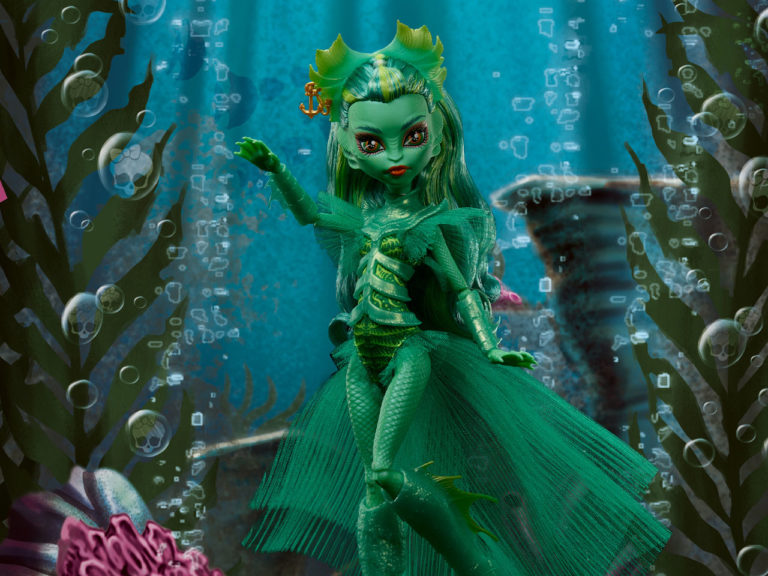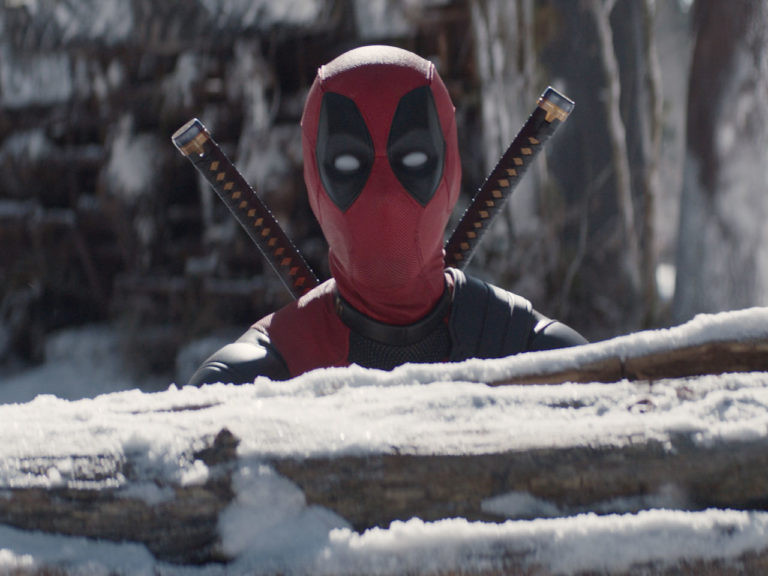
It’s very similar to last November’s Arkham Unhinged #8 and it has a lot of the same flaws as that comic as well.
First off, the cover by Patrick Gleason looks pretty cool in my opinion (even if he drew Croc with only 3 fingers and a thumb) and once again you have to applaud the artist for actually drawing a unique Batman instead of copy and pasting the same image into the background of each of his covers as so many other artists did this month. While Gleason and inker Mick Gray do not illustrate the rest of the book, the artwork inside remains the real high point of the entire issue.
Artist Francis Portela does a really amazing job here. His style is somewhat reminiscent of Guillem March but with less exaggeration. This similarity is made all the more apparent thanks to the great color work by Tomeu Morey, who frequently collaborates with March. Portela’s efforts definitely make this one of the best looking Villains month titles I saw this month. The level of detail he brings to these pages is really mesmerizing at times, particularly with the care given to every scale on Croc’s body! Speaking of Croc’s body, Killer Croc looks a lot like the design we saw in Rocksteady’s Batman: Arkham Asylum video game, so if you liked that look then you should like this book’s artwork immensely.
The story, however, is a different matter. There are some really great elements in here, but I just didn’t think it was executed as well as it could have been. For the most part the origin of Killer Croc remains unchanged, but there are some minor differences like how Waylon Jones AKA Killer Croc was apparently born and raised in Gotham rather than living in the bayou and then moving to the city as an adult. Interestingly, Killer Croc’s origin has always had a major emphasis on his tragic childhood but it’s not something we dwell on too heavily in this issue whereas so many other New 52 villains are taking a much longer walk down memory lane. Personally, I prefer the idea of Croc being from Louisiana or Florida originally and he aspired to be a big important criminal and to do that he moved to the biggest, baddest city around to do so. The villain’s first confrontation with Batman still features Jason Todd, but now the villains has been dumbed down quite a bit. When Croc made his first appearance in comics he actually had the brains and the backup to make a real power play in Gotham’s underworld but here Croc’s first foray into Gotham crime was a failed, solo, jewel heist.
All of these tidbits about Croc’s childhood and turn toward crime are shown in frequent flashbacks– many of which have really unnatural dialogue that spells out an entire character’s motivations in a single speech bubble. The time shifts, I felt were a bit too frequent and often unnecessary. We shift from: Present – 26 years ago – Present – 17 years ago – Present – 3 years ago – Present (Croc vanishes for about 6 pages) – 2 Weeks ago (Doesn’t follow Croc but plays a part in the plot)- Present – Yesterday (No Croc, but still plot oriented) – Present – 26 years ago – Present.
Was this the best way to go about telling the story? It could have been. You see, the story doesn’t really find its purpose beyond being “just an origin tale” until the final four pages or so. The present-day plot line that weaves through all the origin stuff all feels quite pointless throughout the comic. There is a band of corrupt cops running through the sewers trying to find a key. Croc wants them dead and for the majority of the issue it just seems like it’s because he’s Croc and he eats people but in the final pages the corrupt cops actually start thinking that there’s more to it than that, and they’re right. Is Croc upset because he wants money? Territory? What? The reason given is a good one, but if the final 26 years ago flashback had been given earlier in the comic and in a subtle fashion Croc’s true motivation would’ve made for a much more stunning and satisfying reveal. Instead, by saving the mystery and the answer until those final pages, it felt like an afterthought.
In addition to my problems with the jumpy narrative, I also found the narration to not match the voice of Killer Croc. This was a problem shared by Fridolf’s Arkham Unhinged #8 origin story as well. Waylon Jones’ narration is more eloquent than Mr. Freeze and that simply shouldn’t happen. I can appreciate that writer Tim Seeley is trying to prove that Waylon is a smarter and more civil man than the world gives him credit for but making him sound more like Kelsey Grammar and less like Aron Kincaid isn’t the way to go.
Recommended If…
- You didn’t already read Arkham Unhinged #8
- You want to check out some really great artwork
- You liked the look of Killer Croc in the Arkham Asylum video game
- You’re a new reader who doesn’t know much about Killer Croc
Overall
It’s a sharp looking book, but I found the nonlinear structure to be ineffective. Had the story focused more on the mystery behind Killer Croc’s relationship with a certain police officer from the opening page then that drama would’ve propelled the reader through the entire issue and made for a more satisfying conclusion. Instead, the frequent narrative jumps come off a bit sloppy and the origin of Killer Croc is too similar to what we already saw in Derek Fridolfs’ Arkham Unhinged #8 just under a year ago. If you don’t know Croc’s origin and missed out on Fridolf’s version then this is worth picking up, but it’s skippable otherwise.
SCORE: 5/10


